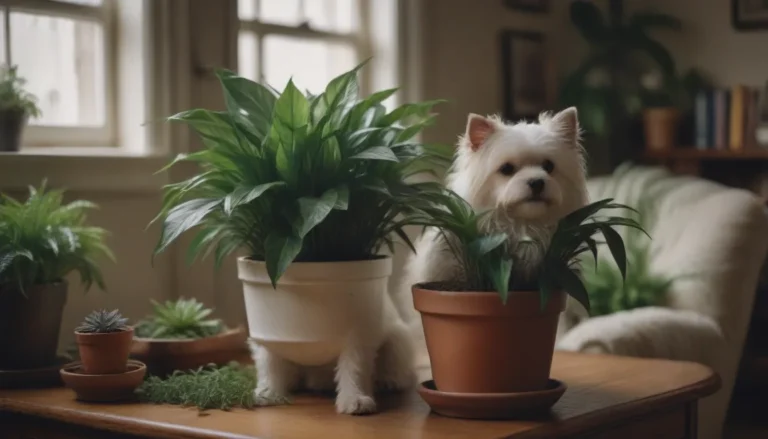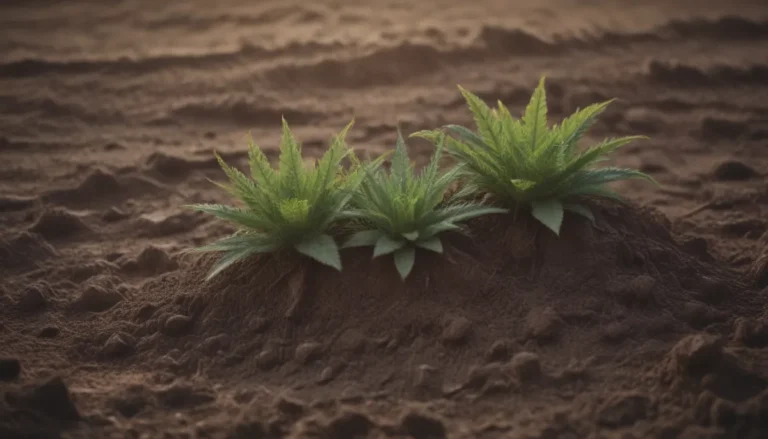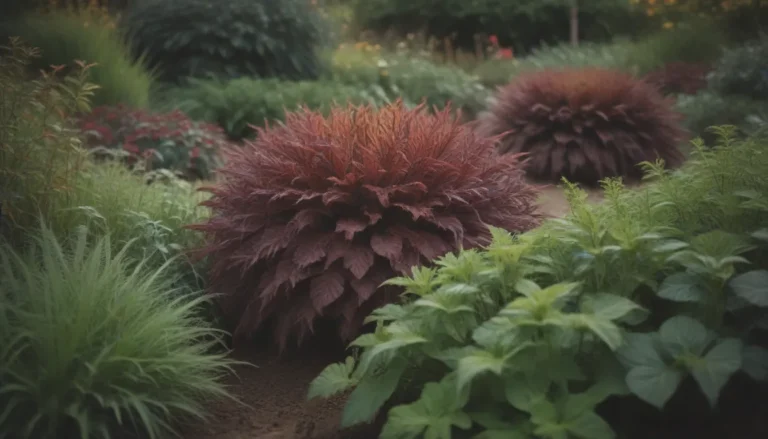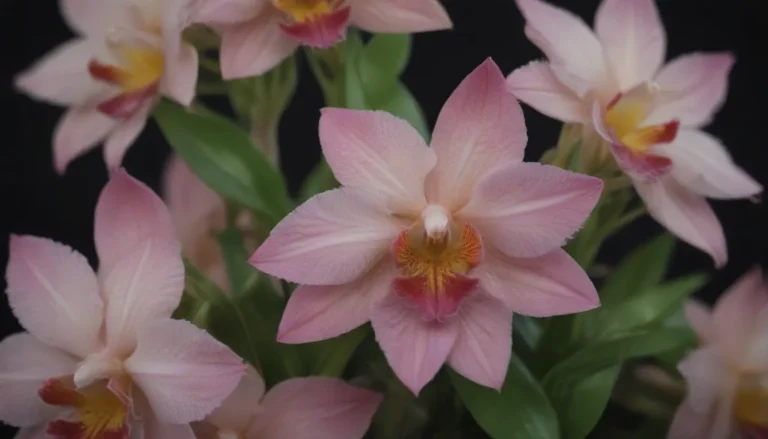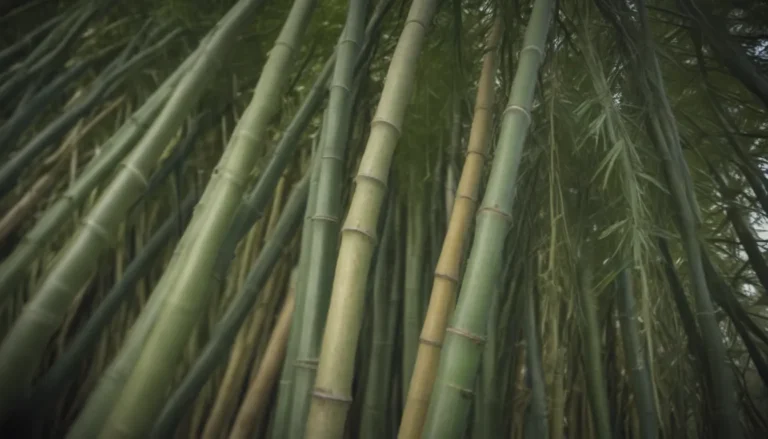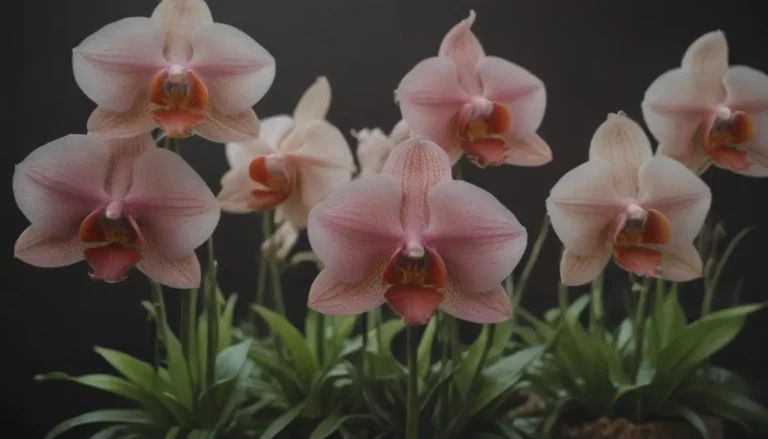Everything You Need to Know About Bluestone for Your Landscape
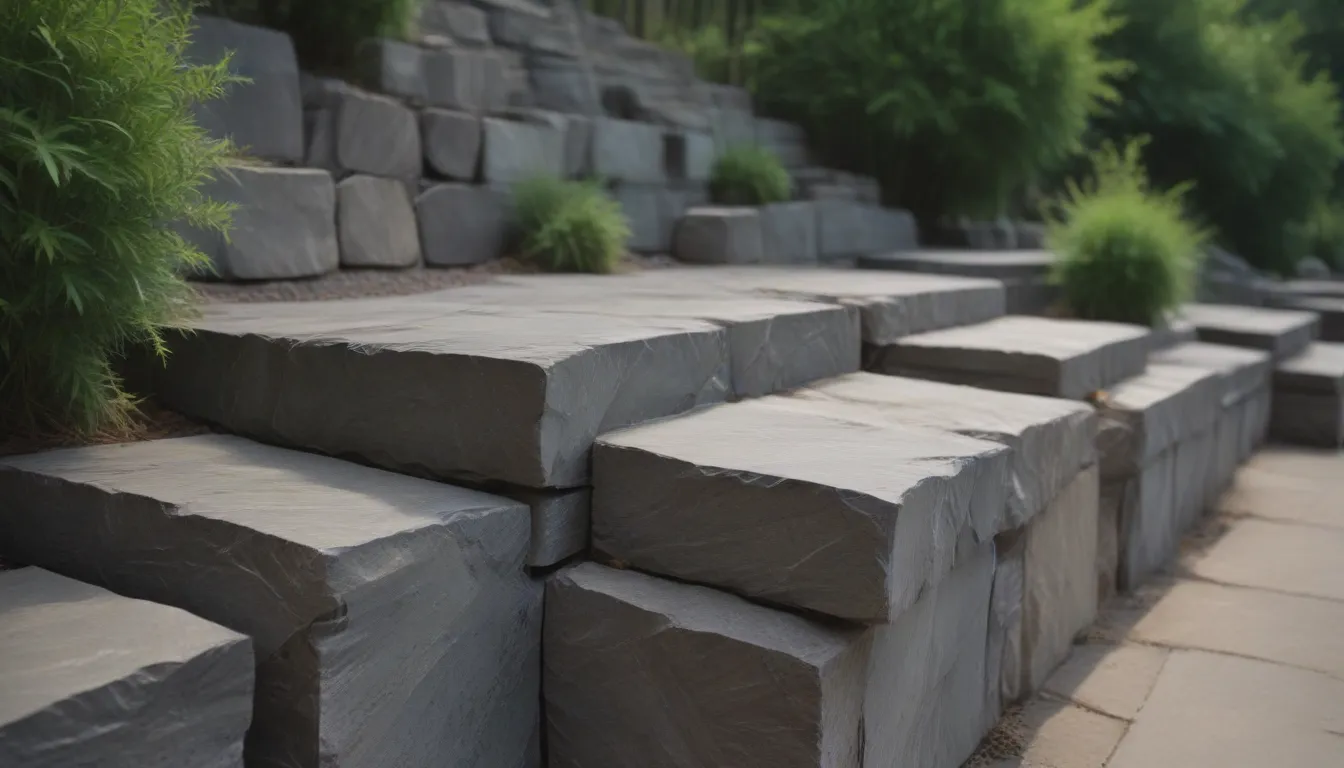
Have you ever considered using bluestone for your patio, pool deck, or entryway? Bluestone is a natural stone that is not only durable but also attractive, making it an ideal choice for various landscaping projects. In this comprehensive guide, we will delve into the world of bluestone, exploring its different varieties, pros and cons, styles, tips for buying and installing, and much more. Let’s get started!
What is Bluestone?
Bluestone is a type of sedimentary rock that is commonly used in construction due to its durability and versatility. It is available in two main varieties: Pennsylvania and Shenandoah bluestone. Pennsylvania bluestone is a sandstone, while Shenandoah bluestone is predominantly made of calcium carbonate. Both types offer unique characteristics that make them suitable for different applications in landscaping.
Bluestone Pavers: Color and Shape
Bluestone pavers come in various sizes and shapes, ranging from uniform squares and rectangles to irregular pieces with jagged edges. The choice of shape depends on your personal preference and the design of your landscape. Irregular shapes are perfect for creating a natural, free-form look, while uniform pieces are easier to work with when planning out your project.
The Pros of Bluestone in a Landscape
Bluestone offers several advantages when used in landscaping projects. Here are some key benefits of incorporating bluestone into your outdoor space:
- Durability: Bluestone is known for its longevity and can withstand various weather conditions.
- Attractive Colors: The natural earth-tone colors of bluestone complement almost any landscape.
- Safety: Its rough surface texture reduces the risk of slipping, even when wet.
- Availability: Bluestone is readily available from quarries in the United States, eliminating the need for overseas shipping.
Fun Fact: Did you know that Opus 40, a famous sculpture garden in New York, was created using bluestone from a deserted quarry?
The Cons of Bluestone in a Landscape
While bluestone has many benefits, there are some drawbacks to consider before using it in your landscape design:
- Cost: Bluestone is more expensive than manmade materials like concrete or bricks.
- Installation: Its irregular shape and varying depths can make installation more challenging.
- Heat Absorption: Dark-colored bluestone can get hot, making it less ideal for pool areas.
- Maintenance: Bluestone may require sealing to protect it from damage.
Bluestone Styles
Bluestone is available in several styles to suit different aesthetic preferences and functional needs. Some common styles include:
- Gauged
- Natural Cleft
- Thermal
- Polished
- Full Color
- True Blue
- Sawn
- Snapped Edge
Each style offers unique characteristics that can enhance the look of your landscape.
Tips for Buying and Installing Bluestone
When purchasing bluestone pavers, consider the following tips to ensure a successful installation:
- Choose Your Shape: Decide between irregular or uniform sizes based on your design preference.
- Embrace Imperfections: Bluestone is a natural material and may have imperfections that add to its beauty.
- Consider Cost: Bluestone is rarer and more expensive than concrete or brick pavers.
- Prioritize Durability: Bluestone is sturdy and dense, making it resistant to cracking.
By following these tips, you can select and install bluestone pavers that enhance the aesthetic appeal and functionality of your outdoor space.
In conclusion, bluestone is a versatile and durable natural stone that can elevate the beauty of your landscape. While it may come at a higher cost and require additional maintenance, the benefits it offers make it a worthwhile investment for any outdoor project. Whether you choose Pennsylvania or Shenandoah bluestone, incorporating this timeless material into your landscape design is sure to make a lasting impression.
